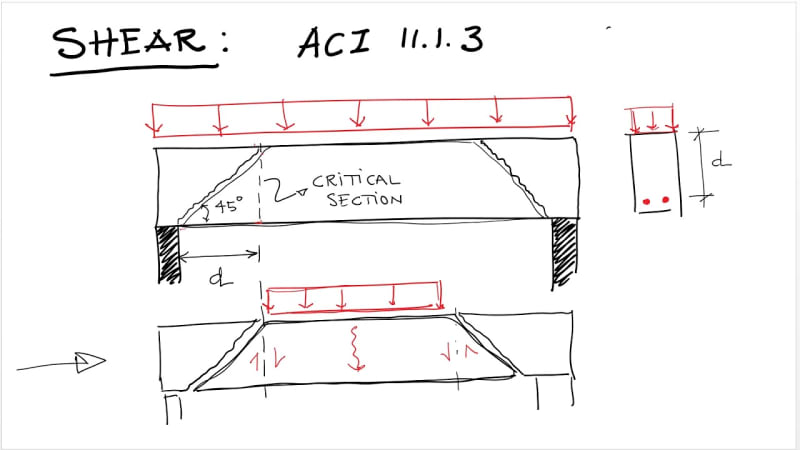Hello,
I am working on designing a RCC cantilever beam and this is probably a very beginner's question but I am trying to understand where the critical section is for a RCC cantilever beam. Would it be at the face of the support because there is no compressive force from the support? I have seen some examples online that use the max shear value at a distance d from the support but this doesn't seem right. Any thoughts?
Thank you
I am working on designing a RCC cantilever beam and this is probably a very beginner's question but I am trying to understand where the critical section is for a RCC cantilever beam. Would it be at the face of the support because there is no compressive force from the support? I have seen some examples online that use the max shear value at a distance d from the support but this doesn't seem right. Any thoughts?
Thank you


![[dazed] [dazed] [dazed]](/data/assets/smilies/dazed.gif)